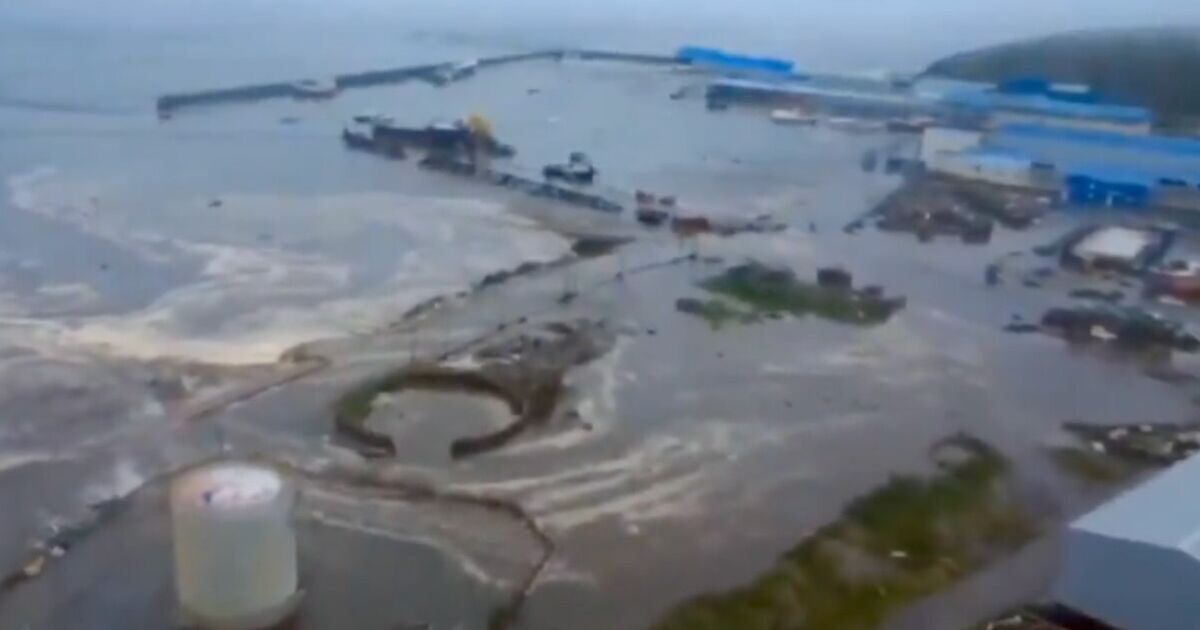Two powerful aftershocks have been reported in Russia’s far east region, just over two weeks after a massive earthquake caused a tsunami. The earthquakes, which were of magnitude 5.8 and 5.5, had epicentres 166 kilometres from the town of Vilyuchinsk on the Kamchatka Peninsula.
The tremors were recored at a depth of eighteen and ten kilometres respectively, according to seismologists. Last week, a massive magnitude-8.8 earthquake struck off Russia’s Kamchatka Peninsula. It was one of the most powerful ever recorded and sparked tsunami warnings as far away as French Polynesia and Chile.
The worst damage was seen in Russia, where a huge wave crashed through the port of Severo-Kurilsk, submerging the local fishing plant. The surge of water reached as far as the town’s second world war monument about 400 metres from the shoreline.
The record-breaking earthquake has set off a series of simultaneous and spectacular volcanic eruptions on the peninsula. Russia’s Academy of Sciences said this is the first time in almost 300 years that seven volcanoes erupted at once in the region.
The director of the institute, Alexey Ozerov, described the situation as an “extremely rare phenomenon that can be described as a parade of volcanic eruptions.”
One of the volcanoes roared back into life after lying dormant for more than 500 years. The Krasheninnikov Volcano spewed out an ash plume up to six kilometres (3.7 miles) high at the weekend.
Video images shot from a helicopter show a dense column of thick smoke and ash rising from the crater. Spectacular images of the Klyuchevskoy Volcano erupting were also captured on vide and shared on social media.
It is Eurasia’s highest volcano and the lava flow has almost doubled over three days. Images show hot molten lava cascading down the the southwestern slope of the volcano from the crater.
The Kamchatka Peninsula is remote but lies in the “Pacific Ring of Fire” – so called because of the high number of earthquakes and volcanoes that occur here.

